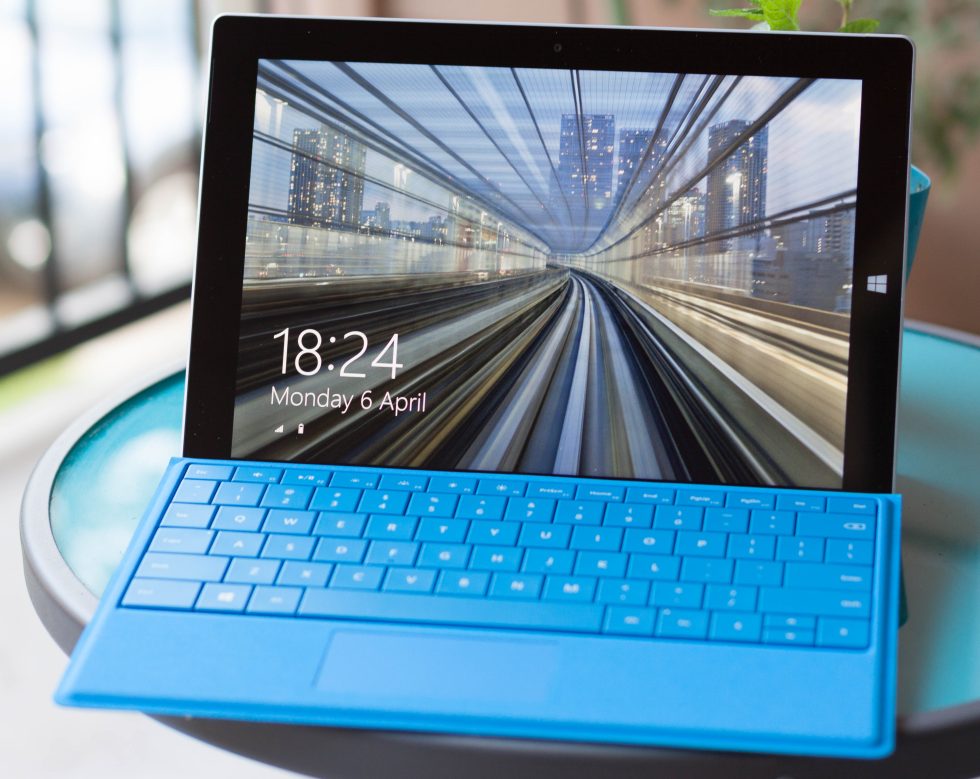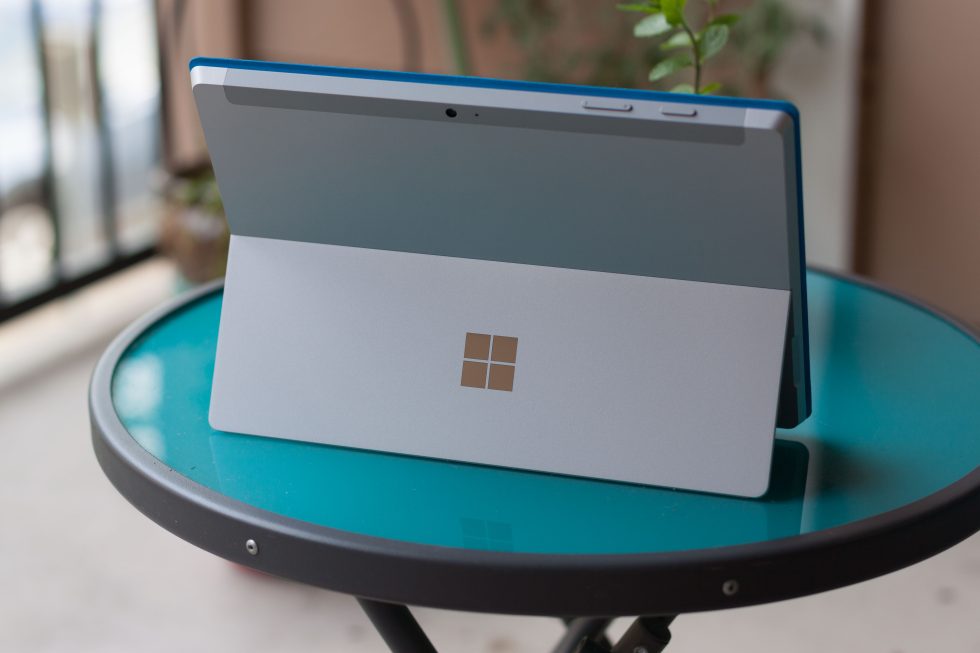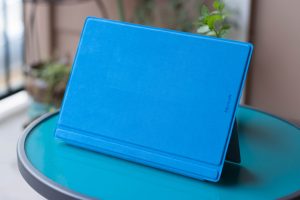
After some shenanigans with FedEx, our Surface 3 review unit arrived today. It's a neat little system.
As revealed last week, Surface 3 is not a successor to Surface 2. It doesn't have an ARM processor, it doesn't run Windows RT, and it doesn't have limited software compatibility. Instead, it uses a Cherry Trail Atom processor, it runs the full version of Windows 8.1, and it will run any x86 software that any other PC will run. The name is something of a misnomer, in fact: this isn't "Surface 3" so much as it's "Surface Pro 3 Lite." It's every bit the equivalent of the 12.5 inch Haswell system, just smaller and cheaper.
The hardware feels every bit as well-built as all the other Surface systems, both Pro and non-Pro. The broad styling cues haven't changed since the systems were introduced: relatively unadorned angular tablets, with an integrated kickstand. The Surface 3 is marginally more ornamented than its various brethren, with the Microsoft logo on the back now being shiny; it's made of precision cut pieces of polished stainless steel.

We'll be taking a look at the Surface 3's performance and battery life in a full review in due course. For now we have some pictures to look at and a few thoughts about the system as a whole.
-
The kickstand has three positions, ranging from this fairly upright posture....
-
-
... to this laid-back pose.
-
The screen is really tilted quite far back when it's in its most reclined position. I believe this is meant to be nice when drawing and writing with the pen.
-
The other side has the USB and charging ports.
Surface 3 represents a change in direction for the non-Pro Surfaces. The Surface RT and Surface 2 were hard to make sense of. On the one hand, they still had the keyboard covers and a near-full version of the Office suite, supporting Microsoft's positioning as "productivity tablets." On the other, they were strictly sandboxed, only permitted to run apps downloaded from the Windows Store. This constraint, combined with their pricing, made them feel like iPad competitors of sorts. But if they were iPad competitors, why the focus on the keyboard, and why include an operating system that all but needed a keyboard and touchpad to use efficiently?

Neither the Surface RT nor the Surface 2 really made sense of this split. If the Windows Store had become a rich and abundant source of third-party software, then perhaps their iPad-like positioning would have worked. If they'd been stripped of their constraints and opened up to unrestricted apps, then perhaps their productivity positioning would have worked. But in the event, they didn't do either of these things and were left too limited to be good productivity machines, too software starved to be iPad alternatives.
Surface 3 makes much more sense. Like Surface Pro 3, it embodies Microsoft's vision of a productivity tablet, but with its x86 processor this proposition actually makes sense. It can run all the apps that you might need to run, even the line of business apps that are custom to your particular company. Though the USB port isn't new as such, since Surface RT and Surface 2 both had one, it has become much more useful: the x86 processor means that it can support any device with suitable drivers.
There's even a miniature version of the Surface Pro 3 Docking Station built for the Surface 3—this isn't just a system that you can use casually on the sofa or in bed, it's a system that can be plumbed into a nice big monitor, a proper keyboard, and serve as your main PC, too.
-
Surface 3 housed in its dock.
-
The naked dock. This works like the Surface Pro 3 dock; the left and right bits move in and out to clamp the tablet into place.
-
The multitude of ports on the back: 2 USB 2, 2 USB 3, gigabit Ethernet, DisplayPort, and a headset jack. There's also a Kensington lock.
-
The left-hand side is magnetized and is intended to be used for storing the pen.

With these changes, the entire package makes sense. Surface 3 isn't trying to be an iPad knock-off or also-ran. It's trying to be an ultra-portable, affordable, lightweight PC.
That's not to say it's not usable as a tablet, of course. The new 3:2 aspect ratio feels good for reading, and Surface 3's smaller size and lighter weight, relative to its big brother, makes it more comfortable to hold in the hands.
The Type Cover gives the tablet something of the look of a fancy (paper) notepad; add to this the Surface pen support and its OneNote integration (press the button on the end and OneNote starts up straight away) and the package is a rather fancy notepad or sketchbook.

Surface Pro 3 was the first solid iteration of this concept. Surface 3 takes it to the mass market in an even more mobile package. Will it work? We'll find out in our review.
reader comments
210